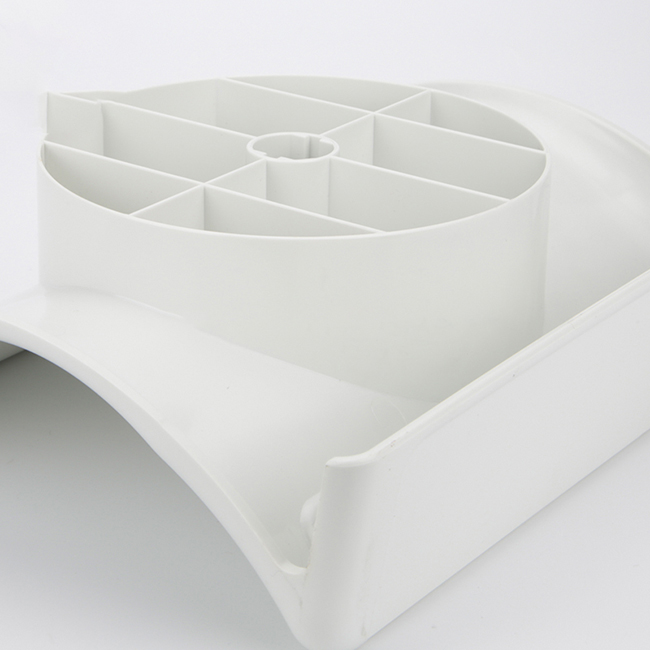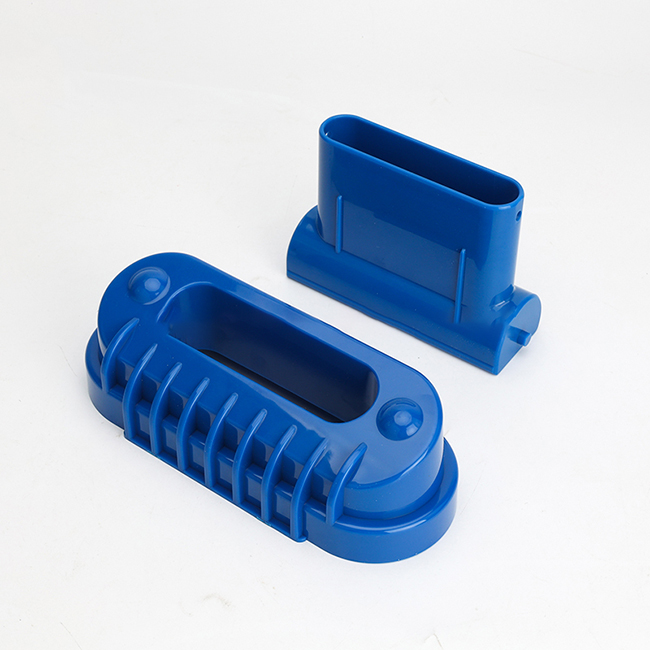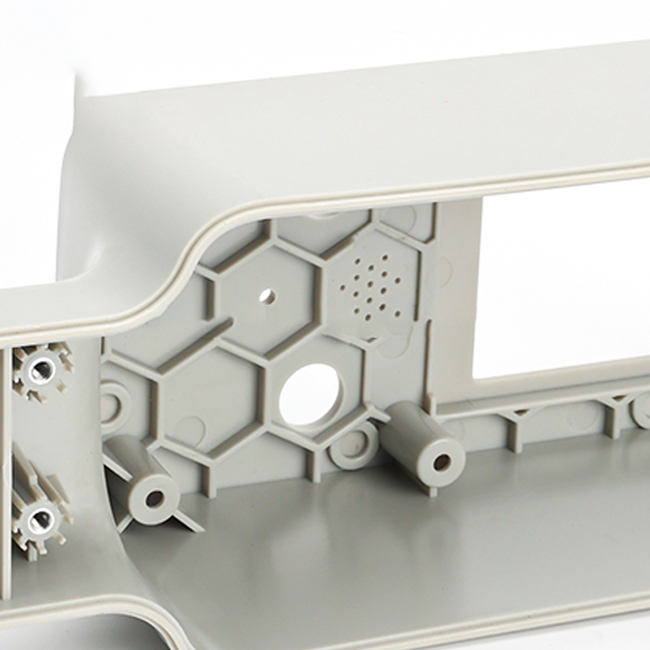Table of Contents
Benefits of Using Aluminum Molds in Plastic Injection Molding
Plastic injection molding is a widely used manufacturing process that involves injecting molten plastic material into a mold cavity. The plastic material then cools and solidifies, taking on the shape of the mold cavity. This process is used to produce a wide range of plastic products, from small components to large parts. One key component of the plastic injection molding process is the mold itself. The mold is the tool that shapes the plastic material into the desired form. There are various types of molds used in plastic injection molding, including aluminum molds.
Aluminum molds are becoming increasingly popular in the plastic injection molding industry due to their numerous benefits. One of the main advantages of using aluminum molds is their superior thermal conductivity. Aluminum molds have excellent heat transfer properties, allowing for faster cooling of the plastic material. This results in shorter cycle times and increased productivity. Additionally, the fast cooling times achieved with aluminum molds help to reduce the risk of warping and shrinkage in the final plastic parts.
Another benefit of using aluminum molds in plastic injection molding is their lightweight nature. Aluminum molds are significantly lighter than steel molds, making them easier to handle and transport. This can lead to cost savings in terms of shipping and handling expenses. Furthermore, the lightweight nature of aluminum molds can also result in reduced wear and tear on the injection molding machine, prolonging its lifespan.
In addition to their thermal conductivity and lightweight properties, aluminum molds are also known for their excellent thermal stability. Aluminum molds have a high resistance to temperature fluctuations, ensuring consistent and uniform cooling of the plastic material. This helps to prevent defects such as sink marks and warping in the final plastic parts. The thermal stability of aluminum molds also contributes to their longevity, as they are less prone to cracking or distortion over time.
Furthermore, aluminum molds are highly durable and have a long service life. Aluminum is a corrosion-resistant material, making it ideal for use in the harsh conditions of the plastic injection molding process. Aluminum molds are also easy to maintain and clean, requiring minimal upkeep compared to other types of molds. This can result in cost savings for manufacturers in terms of maintenance and repair expenses.
| Surface finish | Polishing Finish / Slik Print / Texture Finish / Rubber Painting / Glossy Finish / Painting / Slik-Screen / Pad Print / EMI Coating / Electronic Plating / Laser Marking / Etc. |
| Production Process | Orders-Raw Materials- Production-Quality Inspection -Packaging-Shipment |
| Delivery | PE bag + paper card/paper skin + export-grade carton / crate / Pallet |
Overall, the benefits of using aluminum molds in plastic injection molding are clear. From their superior thermal conductivity and lightweight nature to their excellent thermal stability and durability, aluminum molds offer numerous advantages for manufacturers. By investing in aluminum molds, manufacturers can improve the efficiency and quality of their plastic injection molding process, leading to cost savings and increased productivity. As the plastic injection molding industry continues to evolve, aluminum molds are likely to play an increasingly important role in shaping the future of manufacturing.
Common Design Mistakes to Avoid in Plastic Injection Molding Tools
Plastic injection molding is a widely used manufacturing process for producing plastic parts in large quantities. The process involves injecting molten plastic material into a mold cavity, where it cools and solidifies to form the desired shape. One of the key components in the plastic injection molding process is the mold tool, which is used to create the mold cavity and shape the final product.
Designing a plastic injection molding tool is a complex and critical task that requires careful consideration of various factors. There are several common design mistakes that can lead to issues during the molding process and affect the quality of the final product. In this article, we will discuss some of these common design mistakes and provide tips on how to avoid them.
One common design mistake in plastic injection molding tools is inadequate cooling. Proper cooling is essential to ensure that the plastic material solidifies uniformly and that the final product has the desired properties. Inadequate cooling can lead to uneven cooling of the plastic material, which can result in warping, sink marks, or other defects in the final product. To avoid this issue, it is important to design the mold tool with sufficient cooling channels and to ensure that the cooling system is properly sized and positioned to provide effective cooling throughout the mold cavity.

Another common design mistake is improper venting. Venting is necessary to allow air and gases to escape from the mold cavity during the injection process. Inadequate venting can lead to trapped air pockets or gas bubbles in the final product, which can cause defects such as voids or surface blemishes. To avoid this issue, it is important to design the mold tool with proper venting channels and to ensure that the vents are positioned in areas where air and gases are likely to accumulate during the injection process.
Poor gate design is another common design mistake in plastic injection molding tools. The gate is the point where the molten plastic material is injected into the mold cavity, and its design can have a significant impact on the quality of the final product. A poorly designed gate can lead to issues such as flow marks, weld lines, or excessive shear stress on the plastic material. To avoid these issues, it is important to carefully consider the size, shape, and location of the gate in the mold tool design.
Inadequate draft angles are another common design mistake that can lead to issues in plastic injection molding tools. Draft angles are necessary to facilitate the ejection of the final product from the mold cavity. Without sufficient draft angles, the final product may become stuck in the mold cavity, leading to production delays and potential damage to the mold tool. To avoid this issue, it is important to design the mold tool with appropriate draft angles that allow for easy ejection of the final product.
In conclusion, designing a plastic injection molding tool requires careful consideration of various factors to ensure a successful molding process and high-quality final products. By avoiding common design mistakes such as inadequate cooling, improper venting, poor gate design, and inadequate draft angles, manufacturers can improve the efficiency and quality of their plastic injection molding operations. By following these tips and best practices, manufacturers can avoid costly mistakes and achieve better results in their plastic injection molding processes.





